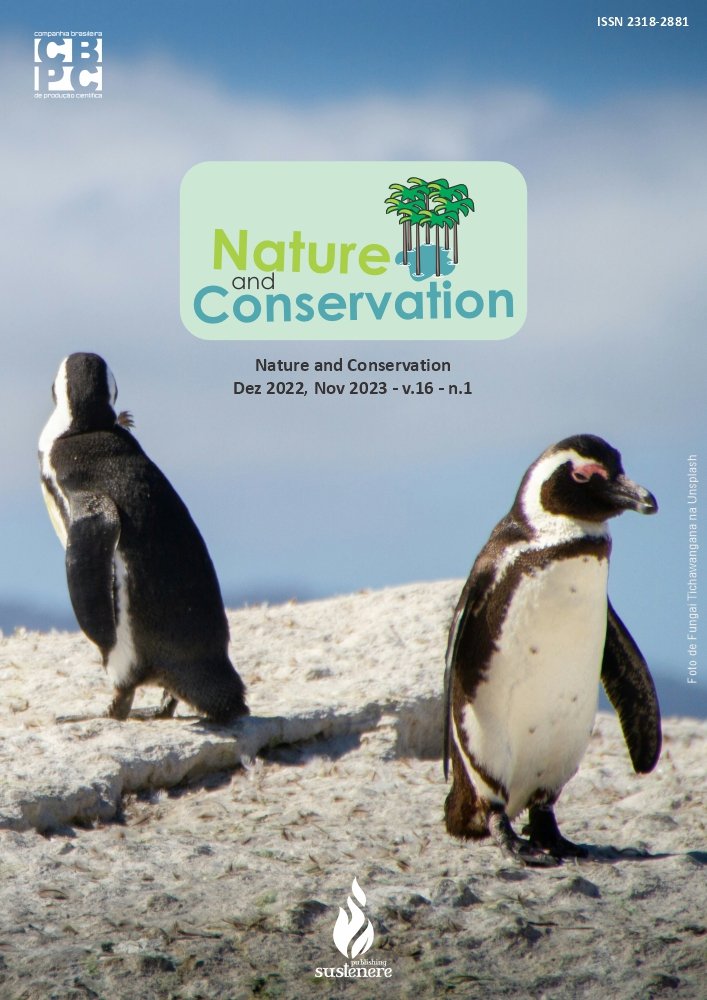Biochar production through pyrolysis of biomass: perspectives and Brazilian experiences
DOI:
https://doi.org/10.6008/CBPC2179-6858.2021.008.0028Keywords:
Biomass, Pyrolysis, Biochar, Brazilian experiences, Circular EconomyAbstract
The continuous increase in solid waste generation by different economic sectors has resulted in a growing demand for sustainable waste management practices. In Brazil, this demand has increased due to the goal (not achieved) of eliminating all waste dumps by the end of 2014 established by the National Policy on Solid Waste Law of 2010. The large amount of agroforestry residues generated in the country reveals the great potential for implementing pyrolysis units to convert these residues into value-added products (bio-oil, pyrolytic gas and biochar), especially if there is a favorable environment with the implementation of a pricing policy for these products. With regard to biochar of pyrolytic origin, different Brazilian institutions conduct research focusing, for example, on variation in the composition of raw materials, experimental conditions, pyrolytic process variables, and properties of the biochar produced. Studies point to great versatility and potential for biochar applications. The use of pyrolytic processes to produce bio-oil, pyrolytic gas and biochar, as a strategy for diversifying the energy matrix, meets the need for the gradual replacement of petroleum derivatives by renewable energy resources; with regard to biochar, its potential application as a soil conditioner and carbon sequestration is added as a strategy for mitigating the emission of greenhouse gases. It is necessary to promote cooperation between entrepreneurs who invest in the production of pyrolytic biochar (mainly from agroforestry residues), certification bodies and public managers for the insertion of the product in the Brazilian market, thus contributing to the transition from the linear economy model to Circular. This article addresses issues related to pyrolysis, focusing on agroforestry biomass residues as a raw material, on biochar as one of the pyrolysis products that has potential to be used in environmental technologies, and presents Brazilian experiments. From this study, the need for scaling up is highlighted, with a focus on biochar applications of environmental relevance, which in Brazil are still conducted mainly in laboratory and pilot scales.
Downloads
Downloads
Published
Issue
Section
License
Copyright (c) 2021 Ibero-American Journal of Environmental Sciences

This work is licensed under a Creative Commons Attribution-NonCommercial-NoDerivatives 4.0 International License.
The CBPC - Companhia Brasileira de Produção Científica (Brazil CNPJ: 11.221.422/0001-03) the material rights of the published works. The rights relate to the publication of the work anywhere in the world, including rights to renewals, expansions and dissemination of the contribution, as well as other subsidiary rights. All electronically published works may subsequently be published in printed collections under the coordination of this company and / or its partners. The authors preserve the copyright, but are not allowed to publish the contribution in another medium, printed or digital, in Portuguese or in translation.









